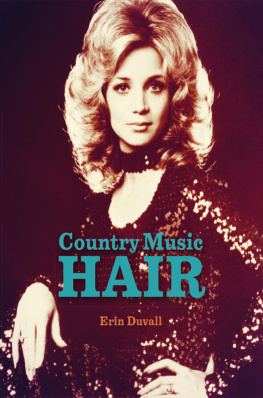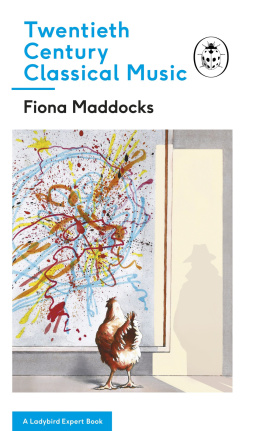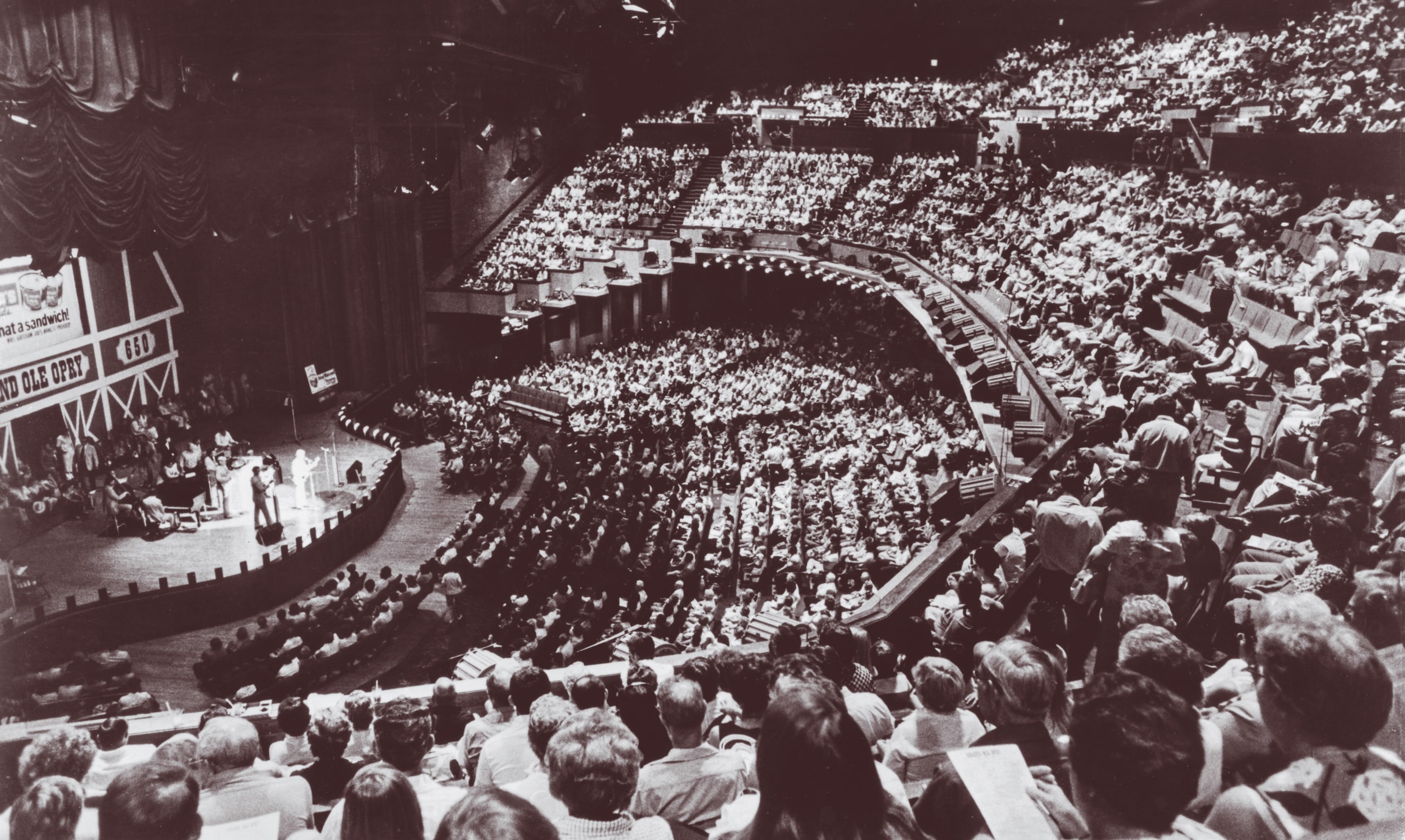ALSO BY DAYTON DUNCAN
Seed of the Future: Yosemite and the Evolution of the National Park Idea
The Dust Bowl (with Ken Burns)
The National Parks: Americas Best Idea (with Ken Burns)
Scenes of Visionary Enchantment: Reflections on Lewis and Clark
Horatios Drive: Americas First Road Trip (with Ken Burns)
Mark Twain (with Geoffrey C. Ward and Ken Burns)
Lewis & Clark: The Journey of the Corps of Discovery (with Ken Burns)
The West: An Illustrated History for Children
People of the West
Miles from Nowhere: Tales from Americas Contemporary Frontier
Grass Roots: One Year in the Life of the New Hampshire Presidential Primary
Out West: A Journey Through Lewis & Clarks America
ALSO BY KEN BURNS
The Vietnam War: An Intimate History (with Geoffrey C. Ward)
Grover Cleveland, Again!
The Roosevelts: An Intimate History (with Geoffrey C. Ward)
The National Parks: Americas Best Idea (with Dayton Duncan)
The War: An Intimate History (with Geoffrey C. Ward)
Horatios Drive: Americas First Road Trip (with Dayton Duncan)
Mark Twain: An Illustrated Biography (with Geoffrey C. Ward and Dayton Duncan)
Jazz: A History of Americas Music (with Geoffrey C. Ward)
Not for Ourselves Alone: The Story of Elizabeth Cady Stanton and Susan B. Anthony (with Geoffrey C. Ward)
Lewis & Clark: The Journey of the Corps of Discovery (with Dayton Duncan)
Baseball: An Illustrated History (with Geoffrey C. Ward)
The Civil War: An Illustrated History (with Geoffrey C. Ward and Ric Burns)
The Shakers: Hands to Work, Hearts to God (with Amy S. Burns)
Fiddlin Bill Hensley, Asheville, North Carolina, 1937
THIS IS A BORZOI BOOK PUBLISHED BY ALFRED A. KNOPF
Copyright 2019 by The Country Music Film Project, LLC
All rights reserved.
Published in the United States by Alfred A. Knopf, a division of Penguin Random House LLC, New York, and distributed in Canada by Random House of Canada, a division of Penguin Random House Canada Limited, Toronto.
www.aaknopf.com
Knopf, Borzoi Books, and the colophon are registered trademarks of Penguin Random House LLC.
Library of Congress Cataloging-in-Publication Data
Names: Duncan, Dayton, author. | Burns, Ken, [date]
Title: Country music / by Dayton Duncan ; based on a documentary film by Ken Burns, written by Dayton Duncan ; with a preface by Ken Burns.
Description: First edition. | New York : Alfred A. Knopf, 2019. | Includes bibliographical references and index.
Identifiers: LCCN 2018047629 (print) | LCCN 2018048609 (ebook) | ISBN 9780525520559 (e-book) | ISBN 9780525520542 (hardcover)
Subjects: LCSH: Country musicHistory and criticism.
Classification: LCC ML3524 (ebook) | LCC ML3524 .D85 2019 (print) | DDC 781.64209dc23
LC record available at https://lccn.loc.gov/2018047629
Ebook ISBN9780525520559
Cover artwork design 2019 Public Broadcasting Service
v5.4
a
In memory of Joe Blake,
who constantly brought his buddy Dayton home to country music;
and Robert K. Burns Sr.,
who sang his grandson Ken many of the old songs.
The circle will be unbroken.
Dolly Parton, Sevierville, Tennessee, 1971
CONTENTS
Rhiannon Giddens, Charleston, South Carolina, 2010
OLD GHOSTS AND ANCIENT TONES
There are things that are part of the landscape of human life that we all deal withthe joy of birth, the sorrow of death, a broken heart, jealousy, greed, envy, anger. All of these things are what is in music. Because it is the art of the invisible. Theres a truth in the music. And its too bad that we as a culture have not been able to address that truth. Thats the shame of it. The art tells more of the tale of us coming together.
WYNTON MARSALIS
IT MAY BE APOCRYPHAL , but weve stumbled across the anecdote from enough sources and in enough different places to satisfy any journalists or historians prickly conscience and ethical obligation. The late music critic Nat Hentoff first told us the story more than two decades ago when we were making a television series for public broadcasting on the history of jazz. Then, years later, working on this project, a history of country music, Marty Stuart, the unofficial historian and keeper of all things sacred about the music he loves, related the same tale to us. It seems that Charlie Parker, one of the great creative forces in jazz (and, with Dizzy Gillespie, the inventor of the hugely complex, fast-paced, dazzlingly virtuosic variety of jazz called bebop), was between sets at one of the clubs he played at on Fifty-Second Street in New York City in the late 1940s. Much to his fellow musicians shock, they found him feeding nickels into the jukebox, playing country music songs. Bird, they asked, using his famous nickname, how can you play that music? Parker replied, Listen to the stories.
For most of the last forty years, we have made films solely about American history. We stated plainly when we were beginning our first film that we were uninterested in merely excavating the dry dates, facts, and events of American history; instead, we were committed to pursuing an emotional archeology, listening to the ghosts and echoes of an almost indescribably wise past. Eschewing nostalgia and sentimentality, the enemies of any good history, we have nevertheless been unafraid of exploring real emotionthe glue that makes the most complex of past events stick in our minds but also in our hearts. We consciously chose not to retreat to the relative safety of the rational world, where one plus one always equals two. We are most interested in that improbable calculus where one plus one equals three. That, to us, is, in part, emotional archeology.
For at least twenty years, we have often quoted the late historian Arthur Schlesinger Jr., who liked to say that we suffer today from too much pluribus and not enough unum. We have been all about unum for decades, extolling as much as possible a bottom-up version of our past as well as a top-down one, looking for ways to accentuate what we share in common, not what drives us apart, widening the scope of American history, not narrowing it. We wished to exclude no ones story at a time when our tribal instincts seem to promote so much disunion.



















